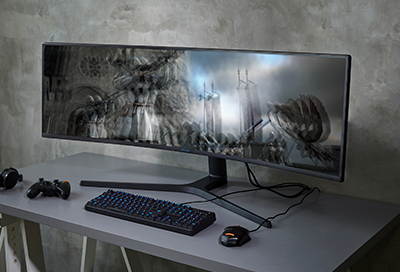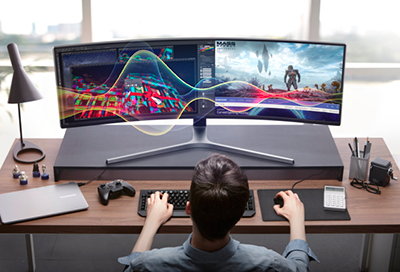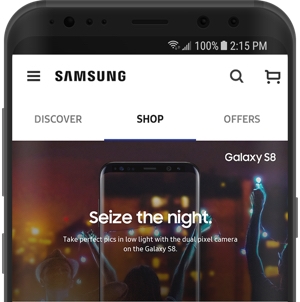Image is distorted, ghosted, or flickering on my Samsung monitor
A flickering, flashing, or blinking monitor or Odyssey Ark Gaming Screen is often caused by a loose or damaged cable, a faulty power source, nearby appliances with a high current, out-of-date drivers, or the refresh rate setting on your computer. You can try fixing your flickering monitor by checking for these potential issues and by making sure you have the latest software updates.

Image is distorted, ghosted, or flickering on my Samsung monitor
Recommended Articles

Samsung monitor's image is distorted, ghosted, or flickering
A flickering, flashing, or blinking monitor or Odyssey Ark Gaming Screen is often caused by a loose or damaged cable, a faulty power source, nearby appliances with a high current, out-of-date drivers, or the refresh rate setting on your computer. You can try fixing your flickering monitor by checking for these potential issues, and by making sure y

The display is blank on my Samsung monitor

No audio or poor sound quality from Samsung monitor
Many newer monitors include built-in speakers. If the monitor's speakers are not working, it's usually due to incorrectly configured settings or cables. There are a few things you can do to solve this issue, like checking your connections, adjusting the volume, performing a sound test, or playing sound using a device other than your monitor.
We're here for you
Contact Samsung Support
Contact us online through chat and get support from an expert on your computer, mobile device or tablet. Support is also available on your mobile device through the Samsung Members App.


